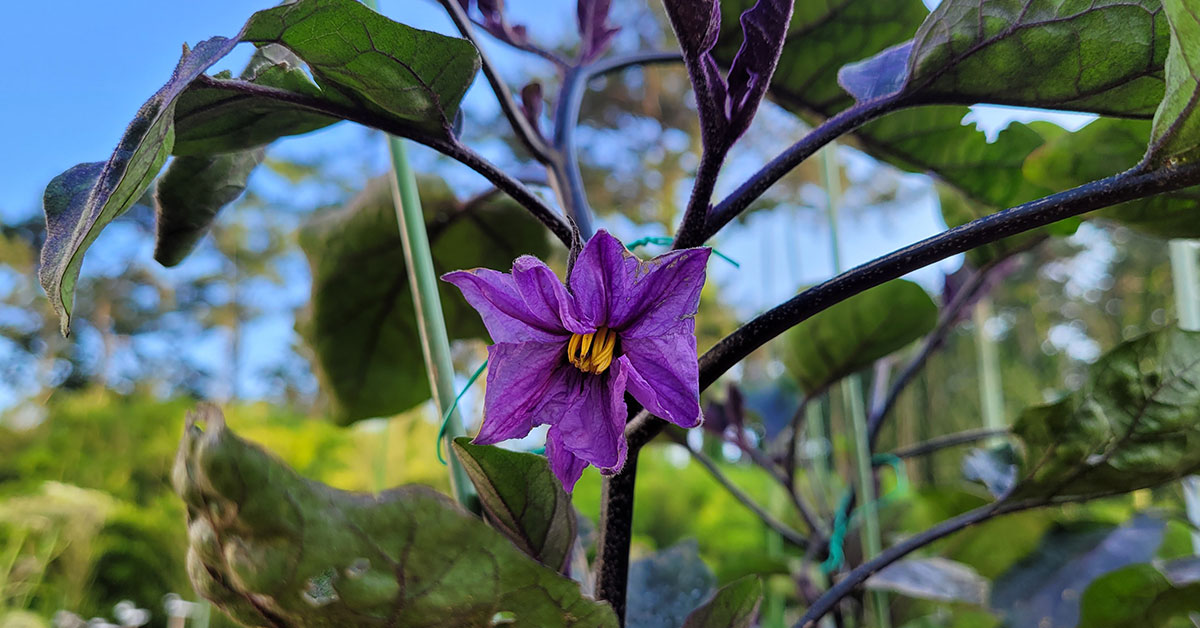Eggplants, with their glossy purple skin and versatile culinary uses, are a popular addition to many home gardens. However, knowing when to harvest these delicious vegetables can be a bit tricky. Harvesting eggplants at the right time is crucial to ensure optimal flavor and texture.
In this article, we will explore the signs to look for when determining the perfect moment to harvest your eggplants, as well as some helpful tips to ensure a bountiful and successful harvest. Whether you’re a seasoned gardener or a beginner, understanding when to pick your eggplants will guarantee a satisfying and rewarding experience in your garden.
When to Harvest Eggplants
The timing for harvesting eggplants depends on the variety and growing conditions, but generally, they are ready to be harvested when they reach a mature size, have a glossy skin, and are firm to the touch. Most eggplants are ready to be harvested around 60-80 days after transplanting or when they are about 6-8 inches long. It’s important to harvest them before they become overripe and develop a dull skin or seeds that have hardened. Regularly check the eggplants for the desired size, color, and firmness, and harvest them with a sharp knife or pruning shears, leaving a short stem attached.
Signs Your Eggplants Are Ready to Be Harvested
There are a few signs to look for when determining if eggplants are ready to be harvested:
- Size and color: Mature eggplants are usually around 6-8 inches long and have a glossy, deep purple or blackish color. However, the specific size and color can vary depending on the variety you are growing, so it’s essential to know the characteristics of the specific eggplant variety you have planted.
- Firmness: Gently press your finger against the skin of the eggplant. If it feels firm and springs back, it is likely ready to be harvested. Avoid harvesting if the skin feels soft or leaves an indentation.
- Shiny skin: The skin of a mature eggplant should be smooth and shiny. If the skin appears dull or wrinkled, it may not be fully ripe.
- Stem color and texture: Check the stem of the eggplant. If it has turned brown or woody, it is a good indication that the fruit is mature and ready for harvest. If the stem is still green and flexible, the eggplant may need more time to ripen.
- Time: Depending on the variety, eggplants typically take around 60-80 days from transplanting to reach maturity. However, this can vary, so it’s always best to refer to the seed packet or plant label for specific information.
Remember, it’s better to harvest slightly early than to let the eggplant become overripe. Overripe eggplants can become bitter and develop a spongy texture.
Signs Your Eggplants Aren’t Ripe Yet
There are a few signs that indicate eggplants are not yet ripe and should not be harvested:
- Size: Immature eggplants are usually smaller in size compared to fully ripe ones. If the eggplant is still small and hasn’t reached its expected size, it is best to leave it on the plant to continue growing.
- Color: Unripe eggplants are typically a lighter shade of purple or green, depending on the variety. As they mature, they develop a deep, glossy, and vibrant purple color. If the eggplant still appears pale or lacks the characteristic deep purple hue, it is not yet ready for harvest.
- Firmness: Ripe eggplants should have a firm and slightly springy texture when gently pressed. If the eggplant feels soft or squishy, it is a sign that it is not yet ripe and should be left on the plant to mature further.
- Skin Texture: Immature eggplants often have a smooth and shiny skin, while ripe ones may have a slightly duller appearance. If the skin of the eggplant is still glossy and lacks a matte finish, it is an indication that it needs more time to ripen.
- Stem Condition: The stem of a ripe eggplant should be brown and woody. If the stem is still green and tender, it suggests that the eggplant is not yet mature and should be left on the plant.
Remember, the exact ripeness indicators may vary slightly depending on the eggplant variety, so it’s always helpful to refer to the specific characteristics of the variety you are growing.













